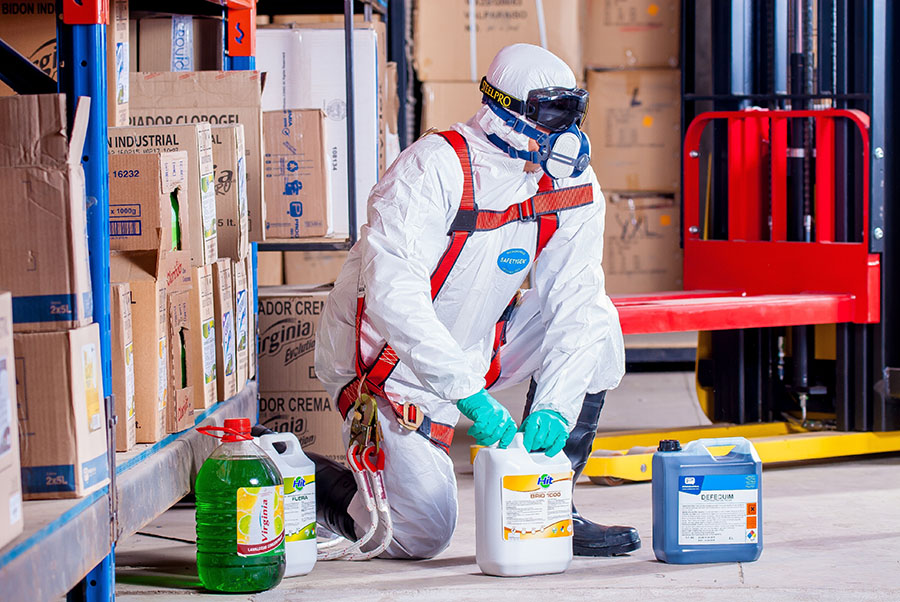Industrial hygiene is the science of anticipating, recognizing, evaluating and controlling workplace conditions that may cause workers’ injury or illness. Environmental monitoring and analytical methods are used to detect the extent of worker exposure; then engineering, work practice controls and other methods are employed to control potential health hazards.
Since workers in almost all industries may be at risk for exposure to one or more job hazards, including chemical, biological, physical and ergonomic hazards, a worksite analysis is an essential first step to determine what jobs and workstations are the sources of potential problems. During the worksite analysis potential exposures, problem tasks and risks are identified and measured by inspecting, researching or analyzing how particular worksite hazards affect worker health. Once hazards are identified and measured, appropriate corrective actions are recommended.
An effective method for controlling exposure and risk to workers is to follow a hierarchy of controls:
- Engineering controls: Remove hazard
- Process change, chemical substitution
- Ventilation, shielding, guarding
- Requires little or no employee action
- Administrative controls: Manage exposure
- Worker rotation, procedures, training
- Trench shoring, controlled access areas
- Requires employee action
- Personal protective equipment (PPE)
- Respirators, gloves, boots, clothing
- Fall protection equipment, hard hats
- Requires individual employee action
- Last line of defense, behind engineering and administrative controls
OSHA places a high priority on using industrial hygiene concepts in its health standards and as a tool for effective enforcement of job safety and health regulations. Recognizing and applying the principles of industrial hygiene to the work environment can help make workplaces healthier and safer.

